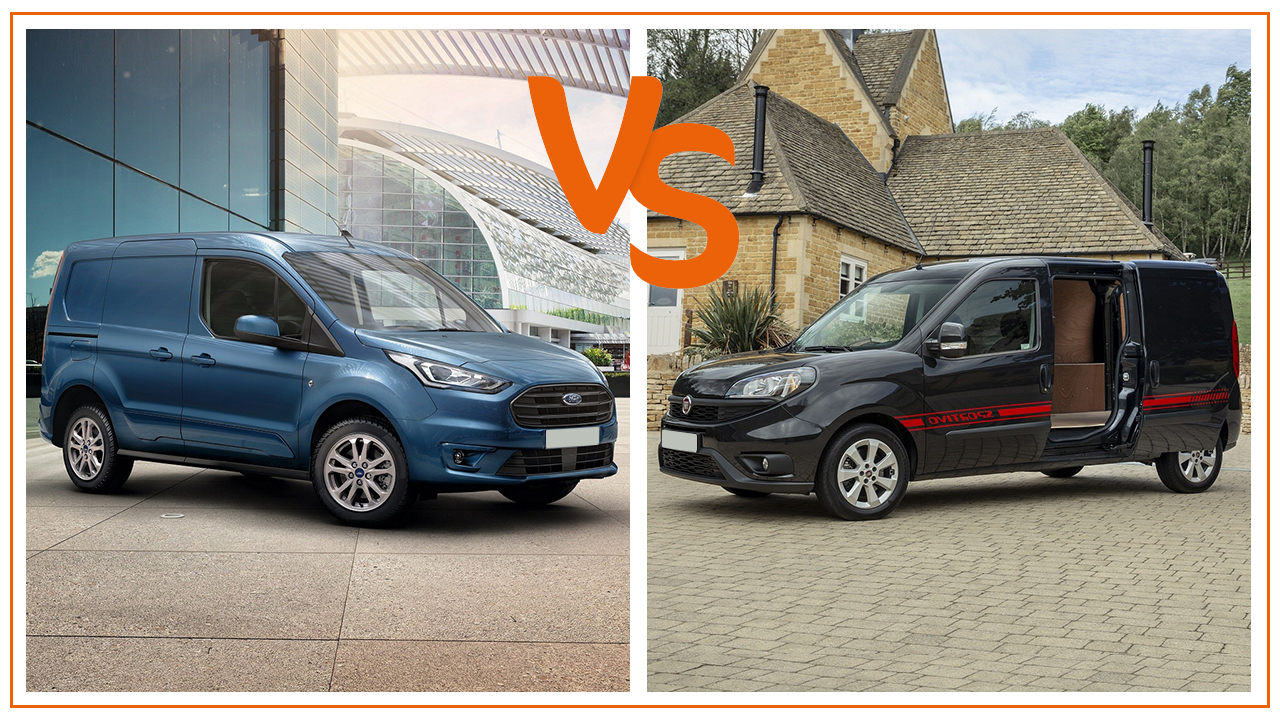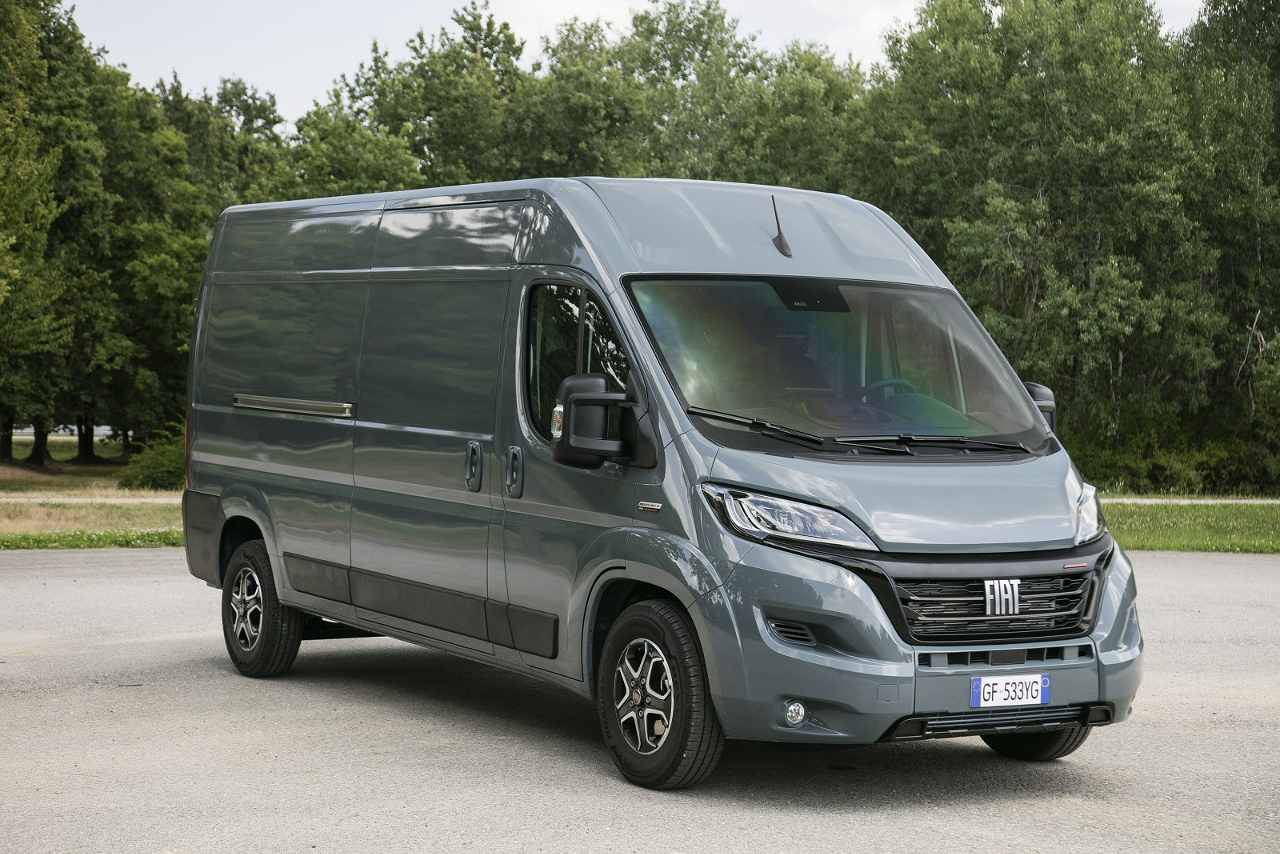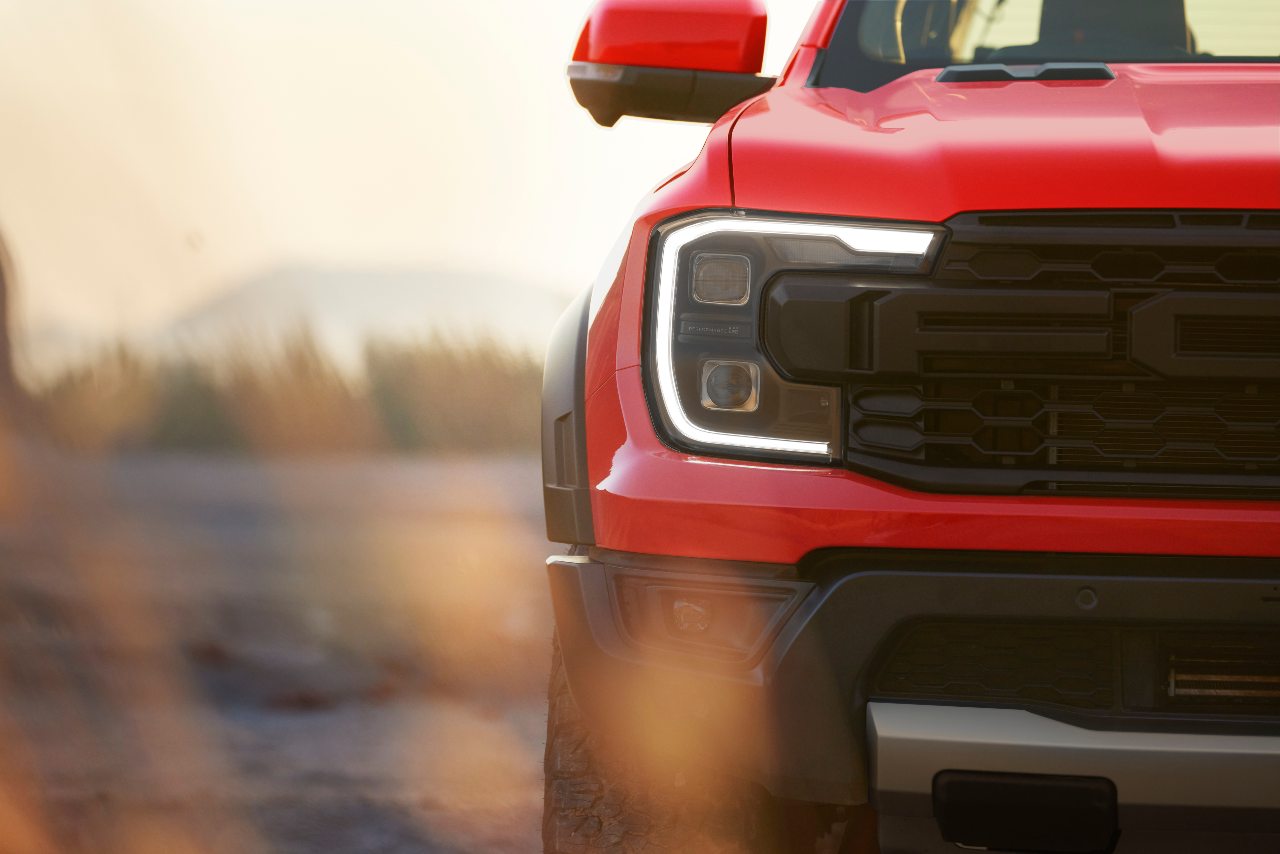As leading titles go, this one might be up there - it’s a Land Rover Defender turned into a commercial vehicle, of course it’s going to be one of the poshest vans you’ll ever drive! I associate Land Rover with hard-wearing vehicles, but not necessarily commercial vehicles (apart from the obvious agricultural audience).
Well, that’s all changed now thanks to the Defender Hardtop. The new Defender feels like a different kettle of fish than previous versions. The old Defender was built like a tank, whereas today’s Defender has smoothed off the sharp edges and upgraded the overall feel of the interior. I’ll be frank, this is about as pure as car-derived vans get - and while it makes the Hardtop feel commercial, I’m still in two minds as to whether that’s a good thing.
Land Rover Defender: History Lesson
Although the history of the Land Rover Defender goes back as far as 1947, it’s only since 1990 that the Defender name has actually been used. The rationale was the manufacturer wanting a clear distinction between this, the traditional utility workhorse, and the newly launched more car-like Discovery model. The Land Rover Series 1 was in production for 10 years, with inspiration taken from the American Willys Jeep. It had an 80-inch wheelbase and was powered by a 50hp petrol engine taken from a Rover car. In 1954 a 109-inch LWB version was introduced.
Series II had a 3-year reign starting in 1961. Deep side sills, rounded shoulders and bigger headlights made the Series II distinctive, and a larger engine was a welcome feature to potential buyers. Series IIA was a minor facelift version in production from 1961 to 1972, but was the first to be offered with a diesel engine. 1971 saw the arrival of the Series III which stayed in production until 1990 - it features a new interior and a full-width dashboard was introduced alongside a heater option. In 1979, the 3.5-litre V8 engine was offered for the first time and it’s still heralded as a classic.
Finally, the Defender was introduced in 1990 with a choice of 3 wheelbases which formed the familiar naming convention - 90, 110 and 130. The vehicle went through a number of engine offerings in the past 30 years of production, although 2013 is notable for the launch of the LXV special edition which went on sale in very limited numbers. And that brings us up to date to the latest version, which while available in the 3 usual model numbers, is also available in a commercial vehicle configuration, which is why I’ve gotten all excited about it.
Land Rover Defender Hardtop (90/11 Wheel Bases)
Let’s take this from the top and start with trim levels. Considering the fact there are only 2 wheelbase lengths to choose from, 4 trim levels seems a bit excessive, but that’s the Land Rover way. The trim levels are standard, S, SE and HSE - the differences they make to the vehicle will be marked in the spec paragraphs below.
Cab environment: It’s so nice in the front of this vehicle, I can’t tell you how nice it is. There’s a real sense of the durable heritage of the Defender, that they’ve picked out with exposed metalwork and bolt heads to make it feel hard-wearing. You can enhance the cabin with an excellent front row jump seat for occasional additional passengers, which is covered with USB-C and 12V sockets. On the floor are deep-sided rubber mats that catch the dirt from your shoes while you enjoy the standard 8-way heated semi-powered seats. If you bump up to S you’ll get leather seats, jump to SE and you’ll get 12-way electrically adjustable seats and a 280-Watt Meridian sound system. If you’re feeling flush, I cannot recommend HSE enough because it features the extended leather upgrade and Windsor leather 14-way electric seats. I mean, wow!
Driver convenience: This is another area Land Rover has nailed. As standard, you’ll get a 10-inch Pivi Pro infotainment system with navigation, heated windscreen, 3D surround camera, 360-degree parking aid, wade sensing and cruise control. Make the jump to S and you’ll get an interactive driver display, SE will add the Blind Spot Assist pack, and HSE will get you the full Driver Assist Pack. It’s worth mentioning that several safety features come as standard - they include Lane Keep assist, emergency braking, traffic sign recognition, adaptive speed limiter and driver condition monitors.
Exterior features: There are some, but I understand why Land Rover keeps things to a classy minimum… it’s so good looking already, why spoil it? You’ll get a body-coloured roof and some crystal-clear LED headlights as standard. Jump up to S and you’ll gain black roof rails and 19” silver wheels, while the jump to SE bags you Matrix LED headlights, signature DRL’s and 20” silver wheels. Go for the highest trim if you want to look good enough to eat.
Engines and drivetrains: Land Rovers need power and the Defender is no different, so it’s a good thing that under the bonnet is a 3.0-litre diesel engine in 200/250/300hp versions. All vehicles are automatic only, all-wheel drive and feature a twin-speed transfer box. Driving this vehicle is smooth, high and you feel in command of the road. A Land Rover should make you feel powerful and the Defender Hard Top delivers in spades.
Capabilities, payloads, fuel & CO2: This is quite a mix of info here, but it mainly revolves around practicality. So, the vehicle can tow a whopping 3500kg of braked towage - as you’d expect. The cargo area also has integrated non-slip heavy-duty mats - okey dokey. However, my favourite feature is that the 110 version has a lockable underfloor storage compartment in the cargo area, which is an underrated added extra. Payloads are pretty good at 800kg in the 110 and 670kg in the 90. Efficiency is nice to have with a combined cycle mpg of 29.5 (250hp) and CO2 emissions register at 251g/km.
Cargo area dimensions: Car-derived vans don’t have much room to play with, so the Defender Hardtop is a classic high weight, low volume vehicle (see above). The dimensions are fine for what they are:
-
Internal length - 1030mm (90), 1472mm (110).
-
Internal width - 1326mm (90), 1423mm (110).
-
Internal height - 947mm (90), 937mm (110).
-
Volume - 1355 litres (90), 2059 litres (110).
Tom’s Takeaway (There’s Only One)
Overall, there’s not much to quibble about on this amazing car-derived van. It actually sounds stupid calling that - it’s a flipping Land Rover Defender! It’s big, it’s powerful, it’s amazing looking. If you’ve got the cash and it’ll work for you as a commercial vehicle, get one. You won’t regret it.





